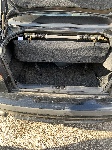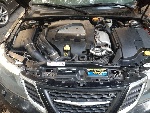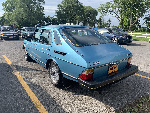- No, you need even higher octane at altitude, AdamB
 , Thu, 22 Apr 2004 13:54:30
, Thu, 22 Apr 2004 13:54:30- With a Saab turbo that is.... n/m, AdamB
 , Thu, 22 Apr 2004 13:59:56
, Thu, 22 Apr 2004 13:59:56
- With a Saab turbo that is.... n/m, AdamB
- NO! The reduction in octane is, SteveW, Thu, 22 Apr 2004 13:09:07
- NO! The reduction in octane is, CFishgo, Thu, 22 Apr 2004 13:56:21
- CFishgo is totally right...., TERRY, Thu, 22 Apr 2004 15:27:39
- Re: CFishgo is totally right...., Dean, Fri, 23 Apr 2004 09:06:59
- Re: CFishgo is totally right...., CFishgo, Fri, 23 Apr 2004 10:43:44
- Having lived in the Denver area with a Saab turbo..., REM in Seattle, Fri, 23 Apr 2004 20:05:30 <-- Viewing This Message
- Re: CFishgo is totally right...., CFishgo, Fri, 23 Apr 2004 10:43:44
- Re: CFishgo is totally right...., Dean, Fri, 23 Apr 2004 09:06:59
- CFishgo is totally right...., TERRY, Thu, 22 Apr 2004 15:27:39
- NO! The reduction in octane is, CFishgo, Thu, 22 Apr 2004 13:56:21
- Re: Altitude and Octane, jeff, Thu, 22 Apr 2004 12:02:03









